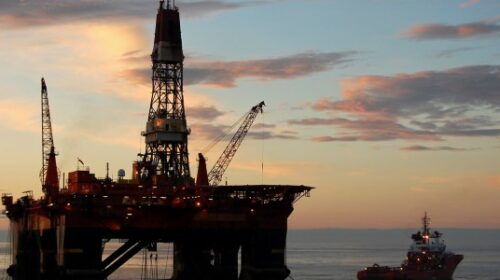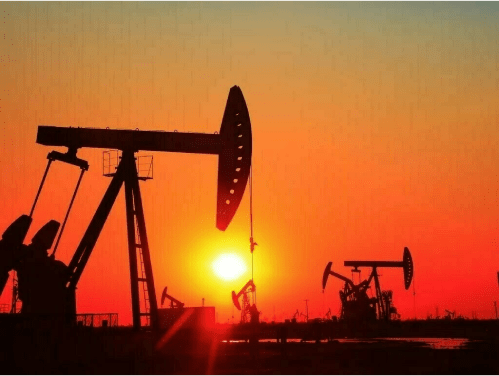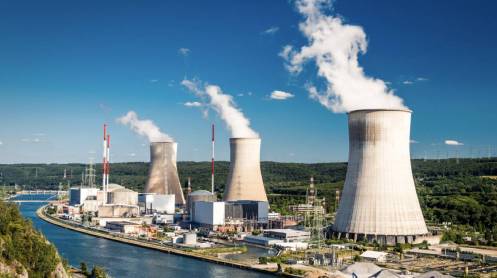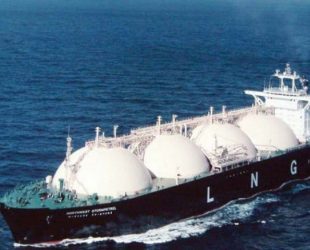After a swathe of oil discoveries in offshore Suriname, primarily in Block 58, since the start of January 2020 there was considerable speculation that the former Dutch colony will be the next Guyana. Since the start of 2022, a series of challenging obstacles emerged which are threatening Suriname’s nascent oil boom and its potential to become a leading petroleum producing nation in South America. Analysts originally envisaged that first oil would occur during 2025 and that Suriname will be pumping 650,000 barrels per day a mere five years later. Additional offshore discoveries outside of Block 58 further buoyed the considerable optimism surrounding Suriname’s emerging oil boom. If Suriname were to be pumping 650,000 barrels per day by 2030 it will mark one of the fastest ramp-up periods of any offshore area. There are, however, signs that this ambitious timeline will not be met with as series of worrying speedbumps emerging.
Fifty percent partners Apache Corporation and TotalEnergies, which is the operator, have made five commercial discoveries in the 1.4-million-acre Block 58 offshore Suriname. It is believed that the block encompasses the same mature petroleum fairway which has yielded incredible results for the ExxonMobil led consortium in the neighboring Stabroek Block offshore Guyana, which will see that country become a top-tier oil producer. Block 58 contains considerable potential with at least 50 prospective drilling targets identified. U.S. investment bank Morgan Stanley estimated in 2020 that Block 58 could contain an imposing 6.5 billion barrels of recoverable oil resources, making it an astounding and highly profitable asset to develop.
The optimism surrounding Block 58 was supported by additional oil discoveries being made on other blocks in offshore Suriname. Malaysia’s national oil company Petronas along with 50% partner Exxon accounted during December 2020 the discovery of oil with the Sloanea-1 exploration well on Block 52. Apache, during August 2022, announced the first oil discovery on Block 53 offshore Suriname with the Baja-1 exploration well. The U.S. driller holds a 45% stake in the block with 30% controlled by Petronas and the remaining 25% held by CEPSA. This was Apache’s sixth successful wildcat well in offshore Suriname and the company, which is the operator, was formalizing a one-year extension for the exploration period at the time of the discovery being announced.
Nevertheless, it has not been all plain sailing with recent drilling results indicating that Block 58 may not be as easy to exploit as initially believed. Disappointingly, since the successful flow test of the Sapakara South well during November 2021, three dry holes have been drilled on Block 58. The latest is the Awari well, drilled in what Apache described as the untested northwest portion of the block, which was deemed non-commercial and abandoned. That came on the back of the failed Dikkop-1 well where water-bearing sandstone in the targeted region saw it plugged and abandoned. There was also the November 2021 sub-commercial black oil discovery made by the BonBoni exploration well.
It was initially expected that Apache and TotalEnergies would make a final investment decision (FID) concerning Block 58 before the end of 2022, which has not occurred. The FID has been delayed until at least mid-2023 with TotalEnergies expressing concern over the number of dry wells as well as conflicting findings between seismic data and drilling results. For those reasons, the French supermajor and partner Apache are waiting on further well appraisal results for Block 58 before proceeding with the FID. TotalEnergies and Apache’s hesitancy is understandable when it is considered that it will take around $10 billion to develop Block 58 and capitalize on the considerable oil potential the block holds. This is further complicated by conflicting geology and the production sharing contract secured with Suriname’s government in Paramaribo not being as favorable as that obtained by Exxon in neighboring Guyana for the Stabroek Block. Indeed, it is estimated that operations on Block 58 will have a breakeven price of $45 per barrel Brent, which is significantly higher than the $25 to $35 per barrel reported for the Stabroek Block.
It is speculated that Suriname’s national oil company Staatsolie, which has the right to acquire a 20% interest in Block 58 when the FID is made, lacks adequate resources to execute the full amount, meaning it will likely seek a smaller stake. For the reasons discussed, Paramaribo will not enjoy the tremendous economic windfall as soon as initially expected. It is now anticipated that first oil from offshore Suriname will occur in 2027 with production ramping up to 650,000 barrels per day by around 2032 or perhaps later. Despite this, Paramaribo is pressing ahead with the construction of a deep-water port in Nickerie on the northwest coast of Suriname, which will be an important asset for supporting the impoverished South American country’s nascent oil boom. The delay also provides Staatsolie with additional time to prepare its resources to it can effectively execute its rights under the production sharing contract for Block 58.







